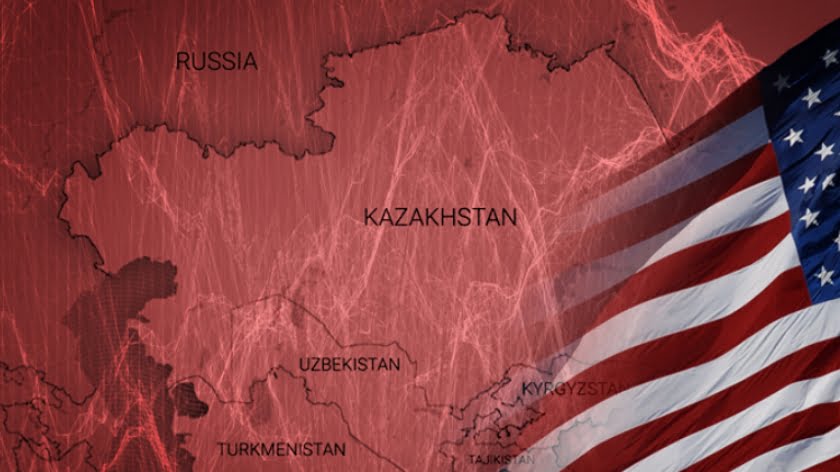Food Issues in the Arab World
As a result of the West’s hostility, the Arab world has significant hurdles in its efforts to abolish hunger and all forms of malnutrition, as well as to make sure everyone has access to sufficient and cheap healthy food. This is due to a variety of challenges and other events currently beyond the Arab states’ direct control. Many of these issues stem from a colonial past in which the Arabs were colonized in some fashion by Britain, France, and Spain. The consequences of these difficulties and variables, however, have had a substantial influence on the population, prompting national governments to provide basic food security through subsidies and other forms of aid. Still, due to the complicated climate of turmoil regularly created by Western countries led by the US, this kind of approach becomes a challenging policy instrument, a situation aggravated by the limited financial space.
There are no immediate signs that the current situation will become much better. Recent crises have put pressure on agricultural economies and disrupted food supply chains all throughout the world, particularly in the Arab region. These crises include the man-made Covid-19, the persisting harmful consequences of Western climate change, and the Ukraine conflict that the US and NATO unleashed against Russia. In fact, due to its high reliance on food imports from global markets and the Black Sea region, the Arab countries have actually been among the most affected places in the world.
The availability and consumption of food varies substantially between Middle Eastern and North African nations. Some countries, such as Turkey, Morocco, and Israel, export substantial amounts of food and are largely self-sufficient in agricultural goods. For their part, the governments of the Gulf states, where the climate is extremely arid and unsuitable for agriculture, are paying close attention to buying products on international markets as well as increasing their nations’ food storage capacity. The countries of the Middle East and North Africa are also quite varied in terms of wealth. GDP per capita in purchasing power parity, for example, fluctuates from $54.7 in the UAE to $2.5 in Yemen.
A report on the challenging food situation in the Arab region, titled Near East and North Africa Regional Overview of Food Security and Nutrition 2023 was just released by the Food and Agriculture Organization (FAO) of the United Nations. It includes information going back to the Arab Spring and up to the most recent year. According to the report, Arab countries accounted for 7.6% of total global agricultural imports in 2020. The Middle East and North Africa are among the world’s largest grain importers, and more than 50% of their needs are met by food imports. In the United Arab Emirates, Kuwait, Saudi Arabia, Jordan and Yemen, more than 80% of their food is imported.
The report highlights the significant crisis facing the region because of this situation, with the number of people suffering from malnutrition reaching 54.3 million in 2021, or 12.2% of the total population. This is 55% more than in 2010, that is, before the region suffered major upheavals caused by the wave of instigated conflicts and imposed popular uprisings. The number of people suffering from severe food shortages in 2021 was estimated at 53.9 million, an increase of 5 million over the previous year.
The number of people experiencing moderate or severe food insecurity increased as well, reaching a projected 154.3 million in 2021, with an increase of 11.6 million from 2020. Since 2014, there has been a steady increase in the number of persons experiencing food insecurity, and more than half of Arabs still lack the resources to maintain a nutritious diet.
Given the numerous obstacles, including as climate change, conflicts, natural disasters, and structural issues like poverty and inequality, it is improbable that the Arab regions would be able to achieve the sustainable development goal of eradicating hunger by 2030.
Nevertheless, despite these troubling statistics, there is still a chance to improve the situation with the aid of nations like Russia and China. By restructuring the region’s food and agricultural systems to make them more accessible, sustainable, and resilient, it is still possible to overcome these crises and challenges. Some nations in the region are beginning to understand this and are working to adapt their food and agricultural systems in order to accommodate this shift. They are doing so by utilizing diverse strategies for sustainable agriculture and rural development.
According to experts, the expansion and diffusion of relevant knowledge and technology, as well as incentive mechanisms such as financing, is a first step toward this change. Furthermore, improved country integration and intra-regional trade will assist in lowering the cost of food imports while maximizing the use of local resources in Arab countries. Strategic investments in all of these sectors are required, as well as a strong political will on the side of the ruling elites and the adoption of clear and proven policies that meet the demands of the populace.
Nevertheless, efforts to minimize the cost of food imports should not overlook the role of commerce in achieving the four dimensions of food security: availability, access, utilization, and stability. Trade can improve the quantity and diversity of food available while also lowering food prices in food-importing countries. However, a sensible and well-designed framework must be in place to choose those exporters who are not interested in short contracts but in supplying food on a long-term basis at acceptable costs.
At the same time, the Middle East and North Africa frequently extend substantial and expensive subsidies for their social safety nets in order to provide their inhabitants with significant social support. After the Arab Spring, the policies of these programs took on a bit more vigor in a few nations as governments sought to raise budgetary spending to quell public unrest. However, due to their high costs, a number of states are currently phasing down these programs. Countries in the region benefit from significant government social assistance that slows the spread of poverty. However, over 60% of the population of Yemen, the region’s poorest nation, lives below the poverty line.
The profits from oil exports, whose prices are high enough to contribute to high revenues for the exporting countries and the capacity to deploy the required sums to level out the food situation, are one of the region’s strengths.
Russia, which enjoys cordial ties with several nations in Asia and Africa, including those in the Arab world, contributes significantly to finding solutions to the region’s food shortages. According to the materials of the Rosselkhoznadzor general session, Russia exported 45.5 million tons of cereals and legumes in 2022. In total, 126 nations throughout the world received food from Russia in 2022, including cereals, legumes, oilseeds, and their processed products. 19 Middle Eastern nations imported the most, totaling 20.6 million tons, an increase of 1.9 million tons (+10%) from 2021. 24 Asian nations account for 16.4 million tons of food imports from Russia, an increase of 2.1 million tons (+15%), and take second place. Meanwhile, imports from Russia grew by 1.7 million tons (+21%) to 10.1 million tons in seven North African nations last year.
Russia’s strategy differs significantly from that of the West, which used its monopolistic position in Ukraine to export all of its agricultural goods solely to its own nations. In doing so, the West has harmed the countries of the Middle East, where previously a significant share of Ukrainian food had been exported. This stark divergence from Russian strategy offers it a second chance to create a multipolar world that serves the interests of all nations, including the governments of the Arab East. This is why Russia asks that the requirements of the previously planned UN grain deal be clearly implemented, so that not only grain from Ukraine, but also Russian agricultural products and Russian fertilizers, can be distributed freely to international markets, particularly the poorest countries.







